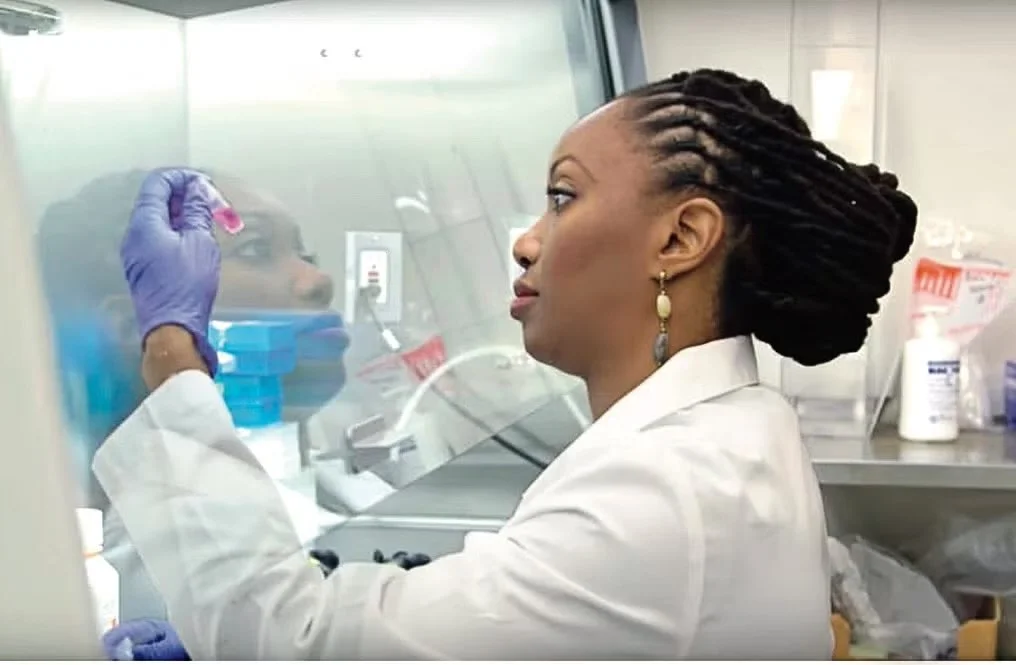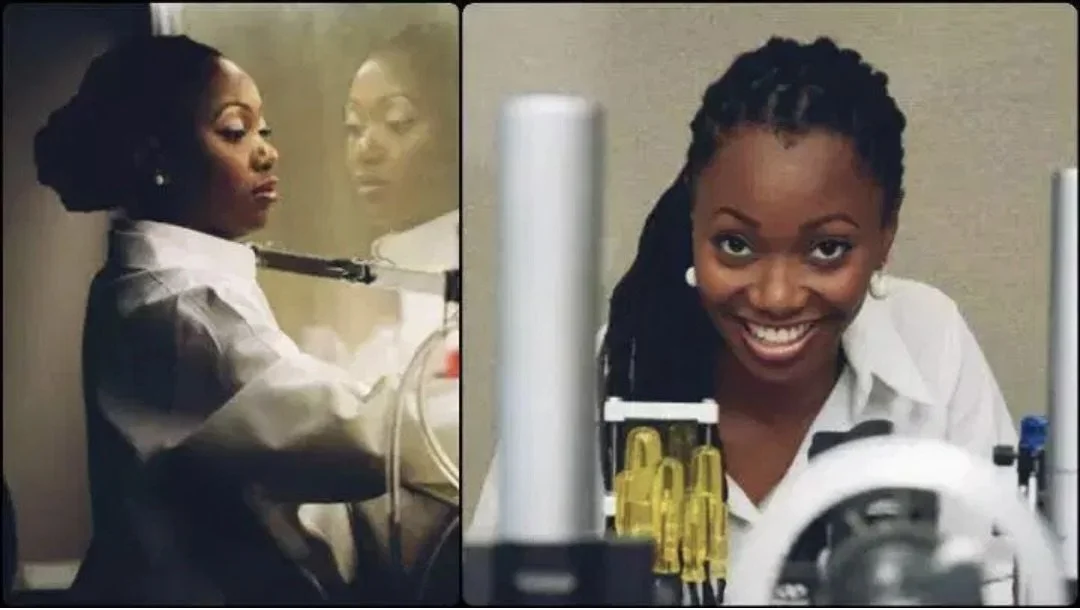In an effort to raise awareness and funding, Green launched a social media campaign through her Ora Lee Smith Cancer Research Foundation, aiming to crowdsource support for her work. The campaign quickly gained traction, with supporters rallying behind her mission. However, it also sparked controversy—some questioned why a scientist with such a promising breakthrough had to turn to public donations rather than receiving institutional or governmental funding. The struggle to secure financial support highlights the larger issue of how groundbreaking but unconventional treatments often face an uphill battle in a system dominated by pharmaceutical giants.
So, should people get their hopes up? The reality is that moving from preclinical success to human trials is an arduous process, and many promising treatments fail due to regulatory hurdles, funding shortages, or lack of industry support. However, Green’s determination, paired with the mission of her Ora Lee Smith Cancer Research Foundation, is keeping the dream alive. If she secures the necessary funding and pushes through clinical trials, this could be one of the biggest medical breakthroughs of our time.


